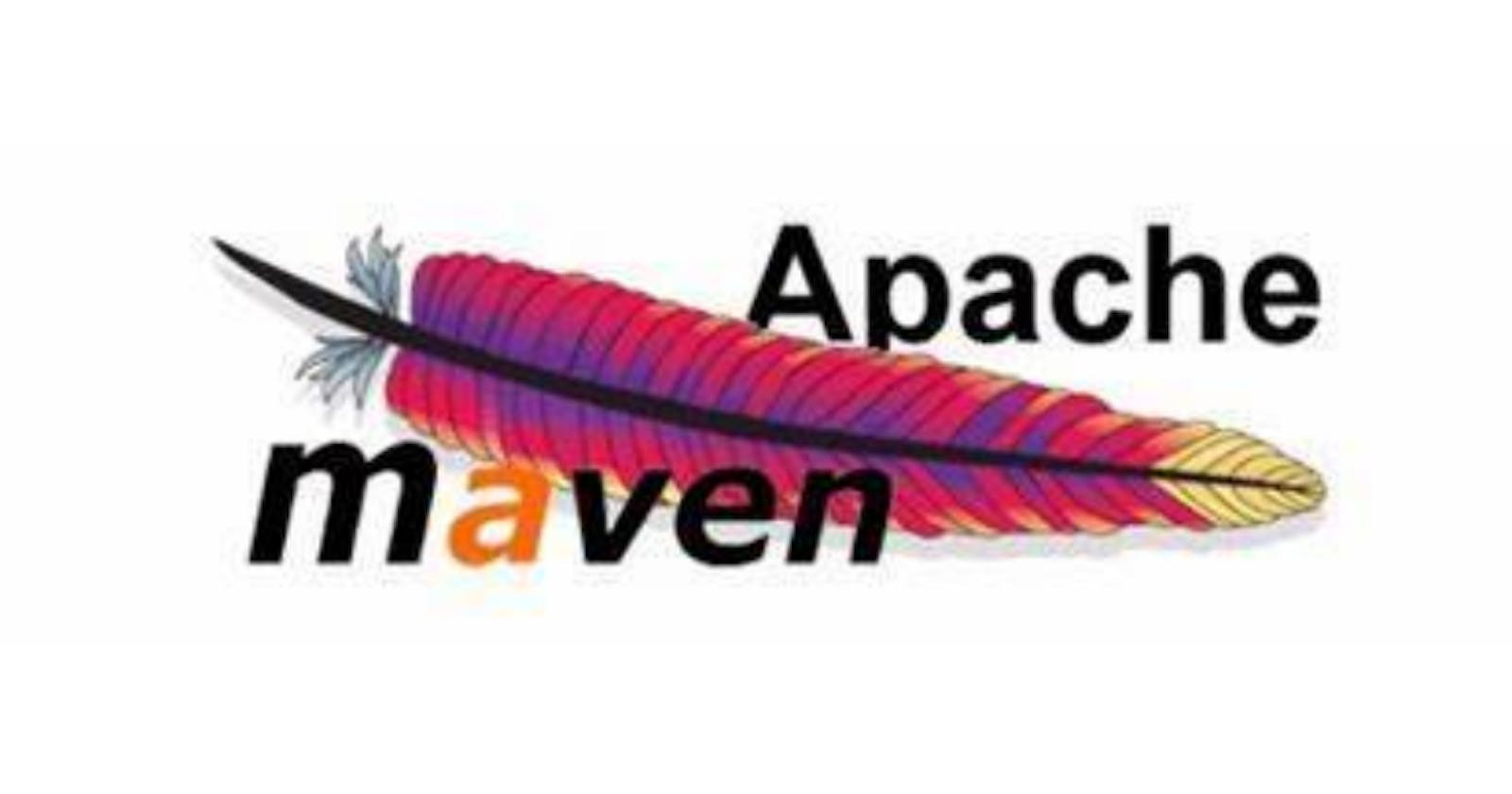Maven - A Build Automation and Project Management Tool
DevOps Series (Part-3)
Table of contents
What is Maven?
Maven is a robust and extensively utilized tool for project management and build automation, primarily used for Java projects. By offering a precise and uniform structure and set of conventions, it streamlines and standardizes the process of creating and overseeing Java projects. Maven is an open-source project under the Apache Software Foundation.
Key Aspects of Maven
Maven provides a number of benefits to software development projects, especially those within the Java community. Some key aspects of Maven are:
1. Dependency management:
A major component of Maven and the main factor in its widespread adoption in the Java ecosystem is its dependency management capabilities. Building and maintaining projects is made simpler for developers by Maven, which streamlines the process of managing external libraries and dependencies.
Maven offers a centralized repository that holds a sizable number of dependencies and libraries. Developers can declare dependencies in the pom.xml file, and Maven will take care of downloading and managing the necessary libraries, simplifying dependency management.
The <dependencies> element is used in the pom.xml file to declare dependencies. A <dependency> element contains information about each dependency, including the group ID, artifact ID, and version. An example is shown below.
<dependencies> <dependency> <groupId>com.example</groupId> <artifactId>example-library</artifactId> <version>1.0.0</version> </dependency>
2. Project Object Model (POM):
One of Maven's core ideas is the Project Object Model (POM). A Maven project's configuration and information file is an XML file called pom.xml. The POM file includes project metadata as well as configuration information that Maven needs to build the project correctly.
One of the key elements found in POM is build configuration. The build process configuration settings are located in the section. The source and target Java versions, plugin configurations, and other build-related parameters are included in this.
<build> <plugins> <plugin> <groupId>org.apache.maven.plugins</groupId> <artifactId>maven-compiler-plugin</artifactId> <version>3.8.1</version> <configuration> <source>1.8</source> <target>1.8</target> </configuration> </plugin> </plugins> </build>
3. Build Life-Cycle:
A Maven project's build process consists of a set of clearly defined stages called the build lifecycle. Each phase is a distinct stage in the lifecycle, and Maven carries out these phases in a predetermined sequence. The goal of the build lifecycle is to offer a standardized and reliable method for managing and creating projects.
Validate: During this phase, the project is validated to ensure that all required data is accurate and readily available.
Compile: The project's source code is assembled during the compile phase.
Test: The project-related tests are conducted during the test phase. It makes sure that there are no new bugs introduced and that the code operates as expected.
Package: The code is compiled and then packaged into a distributable format during the package phase. It could produce a WAR, JAR, or other kinds of artifacts, for instance.
Verify: The verification phase ensures that quality criteria are met by conducting any necessary checks on integration test results.
Install: The packaged artifact is installed into the local Maven repository during the install phase. This allows other projects to use it on the same computer.
Deploy: The final package is copied to a remote repository during the deploy phase. This is frequently used in relation to making a version available for use by others.
4. Plugins:
- Plugins are add-ons that offer particular objectives (jobs) to be completed throughout the build process. Plugins allow developers to do a variety of tasks with Maven, including code compilation, test execution, documentation generation, and more. Plugins can be bound to particular stages of the build lifecycle and are configured in the pom.xml file's section.
5. Central Repository:
The Central Repository is an essential part of the Maven dependency management and build system. It hosts Java libraries and artifacts as a central, publicly accessible repository. Managed by the Apache Software Foundation, the Central Repository is an essential tool for making Maven project dependency resolution easier.
You can access the Central Repository at https://repo.maven.apache.org/maven2/. When building a project, Maven automatically searches this repository for dependencies and downloads the necessary libraries from this location.
6. Artifact Management:
In the context of Maven, managing project artifacts—such as JAR files, WAR files, and other deliverables created during the build process—is referred to as artifact management. Maven offers an organized method for distributing and managing these artifacts, guaranteeing reproducibility, consistency, and ease of sharing amongst development teams and environments.
A number of artifact types are supported by Maven, such as EAR (Enterprise Archive), WAR (Web Archive), and JAR (Java Archive). The type of artifact to be produced is specified in the pom.xml file by the <packaging> element. For example,
<packaging>jar</packaging>
Conclusion
Maven is not just for Java projects; it can also be used for projects of other languages and kinds. However, because of its strong build and dependency management features, it is still a well-liked option in the Java ecosystem. Even though Maven is widely used, it's important to remember that there are alternative build tools (like Gradle) with distinct features and philosophies. Build tool selection is frequently influenced by team preferences and project requirements.
